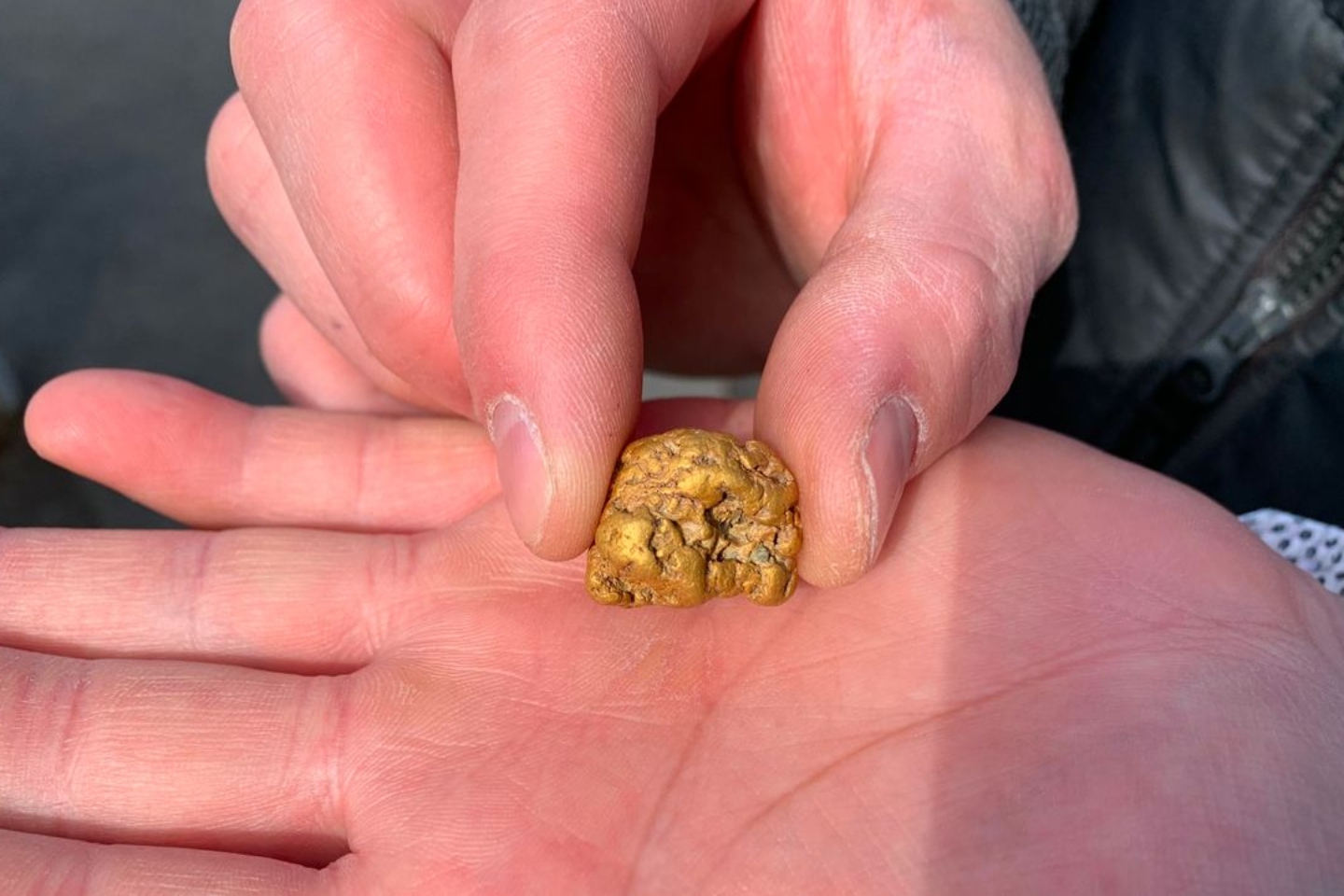Cyclone Metals has unveiled a suite of gold anomalies at its Mareburn and Macraes South projects, about 40km north of Dunedin in New Zealand’s Otago Province following the company’s trial of an ionic leach geochemistry survey. According to the company, the program is an inexpensive and swift method of sniffing out and defining drill targets across its extensive tenements on the South Island.

Cyclone Metals has unveiled a suite of gold anomalies at its Mareburn and Macraes South projects, about 40km north of Dunedin in New Zealand’s Otago Province following the company’s trial of an ionic leach geochemistry survey. According to the company, the program is an inexpensive and swift method of sniffing out and defining drill targets across its extensive tenements on the South Island.
Perth-based Cyclone tested the technique along several lines within the two project areas and says it delivered robust geochemical responses, comparable to previously completed soil and rock-chip sampling campaigns. Management says the correlation indicates the exploration method is suitable to New Zealand’s conditions.
In addition, the company believes anomalous feedback scored over a significant cross-cutting fault that runs through Macraes validated its geological model and says the structure could be mineralised.
Curiously, Cyclone says only one other similar trial has ever been completed in New Zealand – albeit on the North Island.
After its encouraging trial run, the company will now look to run out an expanded ionic leach exploration play.
The Ionic system is a proprietary surface geochemical technical program developed by ALS global laboratories – a leader in the mineral analysis sector. It is designed to detect metal responses across zones blanketed by transported material and is capable of picking up low-level traces of 61 elements including rare earths, base metals and pathfinder minerals.
According to Cyclone, the system offers fewer false positives, exceptional repeatability and the definition of more-focused, sharper gold anomalies.
Mareburn boasts significant historical gold mineralisation within the ground’s thrust lodes, whilst Macraes is a Carlin-style, sediment-hosted gold deposit, with past exploration mainly concentrated on the project’s thrust system.
Interestingly, thrust systems in places such as Nevada in the United States have been found to host close to 20 million ounces of gold, with an additional 60 million ounces found in the region’s cross-cutting faults.
Cyclone’s Macraes thrust has spawned about 10 million ounces of gold and the company has indicated it plans to explore the ground’s cross-cutting for Nevada-style gold mineralisation.
Intriguingly, Both Mareburn and Macraes straddle Oceania Gold’s 10-million-ounce Macraes gold deposit - the South Island’s biggest producing gold mine.
Cyclone picked up the two projects earlier this year after its takeover of Grand Port Resources. The boardroom manoeuvre led to the acquisition of half a dozen New Zealand-based exploration projects and a portfolio of highly prospective gold, base metal and platinum group element operations.
Given Cyclone’s ionic leach geochemistry program is capable of defining drill targets cheaper and quicker than traditional exploration methods, if the company can continue validating the system it could be off to the races.
Is your ASX-listed company doing something interesting? Contact: matt.birney@businessnews.com.au















